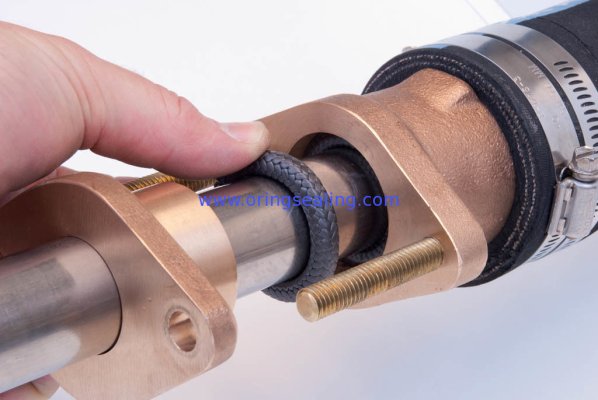firstbase
Guru
- Joined
- Nov 6, 2016
- Messages
- 1,644
- Location
- United States
- Vessel Name
- Black Eyed Susan
- Vessel Make
- Grand Banks 42' Classic
Going to repack both shafts, never done it before. In the water. GB 42' w/ FL 135's and 1 1/2" stainless steel shaft. Packing gland, sorry no pics, is the type with two tightening nuts, one inboard, one out. Want to have the packing material on board when I do it but not sure of the size. From what I read a good guess would be 1/4" or 3/8". Anyone disagree with that estimate? West Marine is close but trying not to leave in the middle of the big event.
Don't want to start a packing material war but WM sells GTU Gore and PTFE packing material. Should I go with one over the other (he asks thereby starting the war). WIthout any comments I think I would choose PTFE as, if I remember correctly, GTU is graphite which can possibly cause corrosion issues? Any comments appreciated and a classic meme from RTF would just take the cake.
Don't want to start a packing material war but WM sells GTU Gore and PTFE packing material. Should I go with one over the other (he asks thereby starting the war). WIthout any comments I think I would choose PTFE as, if I remember correctly, GTU is graphite which can possibly cause corrosion issues? Any comments appreciated and a classic meme from RTF would just take the cake.
Last edited:


